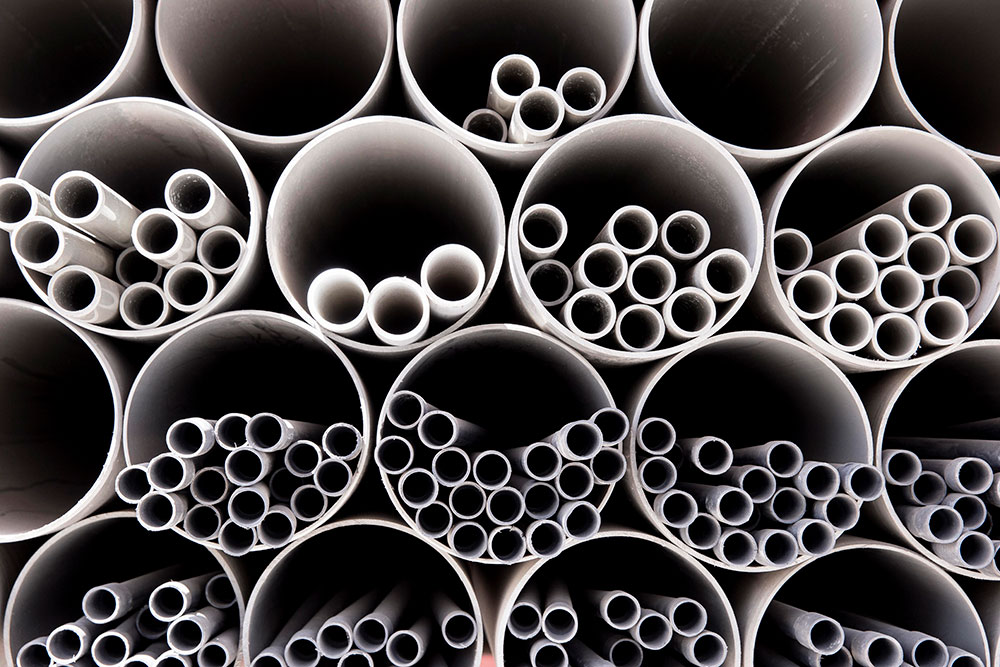Intro: Breaking Down the Dilemma of PVC

Rethinking the applications of PVC in the Built Environment The history of building materials is marked by moments of realization—when products once considered essential are later revealed to carry significant long-term costs. Written by Surabhi Khanderia Senior Design Manager Written by Katie Freeze-Becker LEED AP, WELL AP, Fitwel Ambassador Asbestos, lead paint, and formaldehyde are […]
